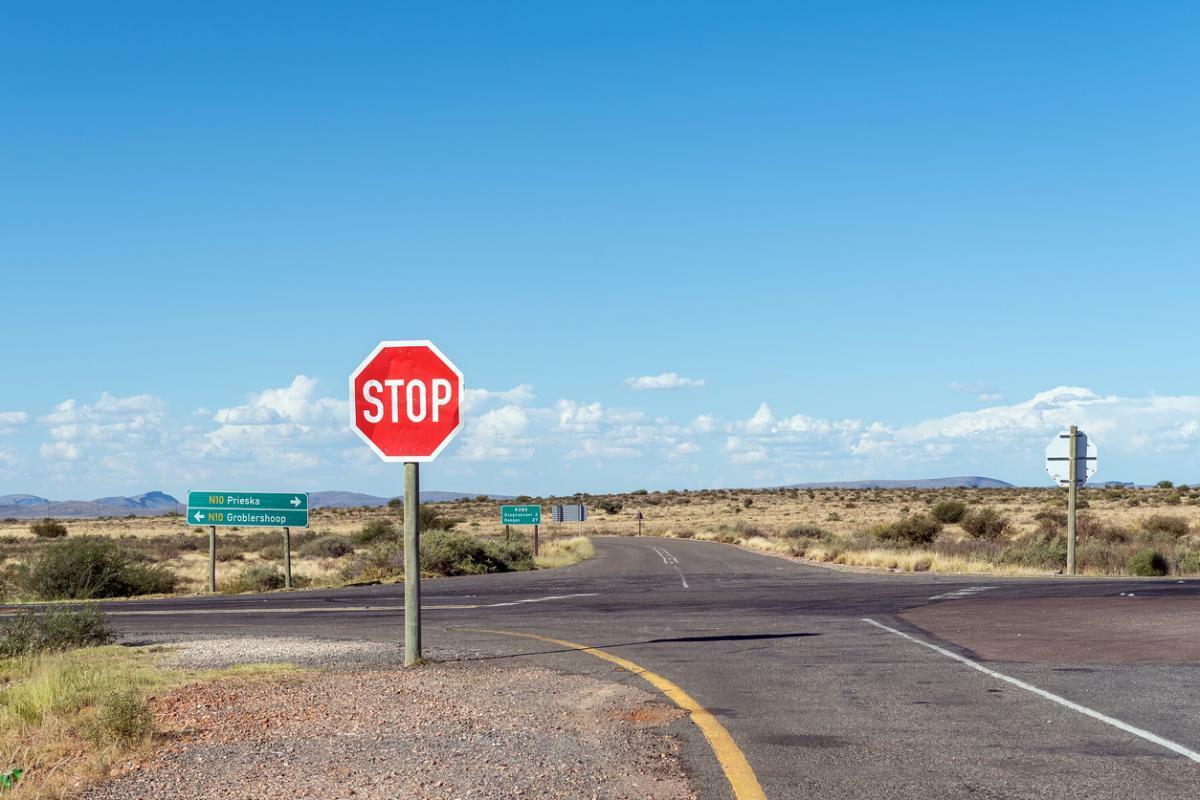 Ensure Safe Driving by Understanding the Rules for Running a Stop Sign
Ensure Safe Driving by Understanding the Rules for Running a Stop Sign
California drivers must come to a complete stop at all stop signs.
This law is enforced using CA Vehicle Code (VC) Section 22450, Special Stops Required is designed to prevent accidents and maintain order at intersections and railroad crossings.
Here's a breakdown of those requirements:
- Complete stops, not a rolling stop: Unlike some states, CA prohibits “rolling stops” where you slow down but don't fully stop. Even though it’s called a “California stop,” it is illegal in CA. Your vehicle must reach zero mph and pause to check for oncoming vehicles before proceeding.
- Designated stopping points: The law specifies where to stop. Ideally, you should stop at the limit line, a white-painted line before the intersection. If there's no limit line, stop before entering the crosswalk on the near side of the intersection. In their absence, stop at the point where your car meets the intersecting roadway.
- Railroad crossings: Similar to intersections, stop at the limit line before the tracks. If no limit line exists, stop at least six feet before crossing the first railroad track or entering the railroad crossing.
Local Authority & Stop Sign Placement
CA VC 22450 empowers local authorities to place stop signs in areas they deem necessary for traffic safety. This ensures flexibility in addressing specific road conditions.
Penalties for Running a Stop Sign
A violation of this code section can result in a fine of approximately $238 in Mono County and a negligent operator treatment system (NOTS) point on your motor vehicle driving record (MVR).
Although the fine seems manageable, the NOTS point could raise the driver's auto insurance premium for the next three years. If you are not eligible for traffic violator school (TVS) to keep your conviction confidential, your insurance company will likely learn of your paid fine or conviction at renewal.
According to Bankrate.com, the average Californian driver will pay $2,633 annually in 2024 for full coverage or $219 monthly.
Remember, this is the average. Yours could be higher or lower, depending on many variables, such as your age, zip code, average miles driven to work or school, and many others. The most significant, of course, is your driving record and your “good driver’s discount of 20%.”
When the average CA driver loses their good driver’s discount, and their insurance provider adds 10 to 12% relevant risk for running a stop sign, it will raise their premium by nearly $800 annually for 36 to 39 months.
Following Proper Stopping Techniques
Here are five tips to ensure you comply with CA VC 22450:
- Slow down early: As you approach a stop sign, gradually reduce your speed.
- Complete stop: Ensure your vehicle reaches zero mph before the designated stopping point. Pause and check for traffic and pedestrians. Avoid rolling stops.
- Stay alert: Be aware of your surroundings, including oncoming traffic, pedestrians, and cyclists.
- Yield the Right-of-Way: Give way to vehicles and pedestrians who have already entered the intersection.
- Proceed with caution: Only proceed when it's safe to do so after coming to a complete stop and checking for potential hazards.
By following these guidelines and understanding VC 22450, you can avoid being accused of running a stop sign in Mono County and having to resolve a ticket in Mammoth Lakes or Bridgeport Courthouse.
Consult with Bigger & Harman About Disputing Your Ticket for Running a Stop Sign in Mono County
When you are accused of running a stop sign, contact the office of Bigger & Harman, APC, at (661) 349-9300. Se habla Español (661) 349-9755.
Alternatively, use our handy online contact form or email attorney@biggerharmanlaw.com.
References:
The CA Driver Handbook English y Español.
The Bankrate.com article, Average cost of car insurance in CA for 2023.
